Intro
The Suffolk Punch is the oldest draft breed of Britain that still exists in their original conformational state today. The highest concentration of the breed can be found in their birthplace of East Anglia.
Read more
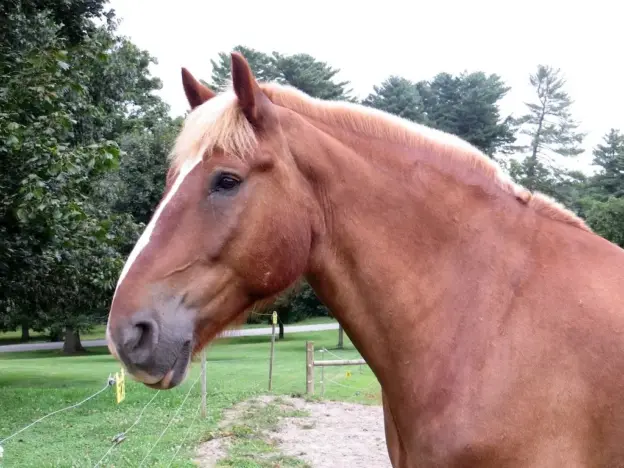
The Suffolk Punch is the oldest draft breed of Britain that still exists in their original conformational state today. The highest concentration of the breed can be found in their birthplace of East Anglia.
Read more
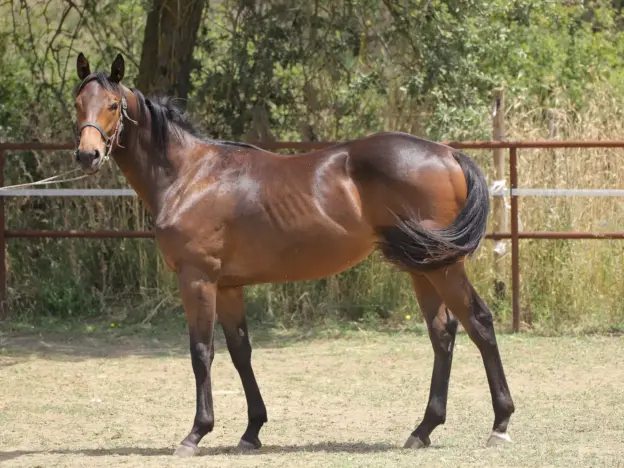
Few breeds, (besides perhaps the Arabian & the Andalusian) have traveled as far & as wide as the English (or British) Thoroughbred animals have. While racing horses has been a sport for as long as we have been on their back, the British took horse racing to another level entirely.
Read more
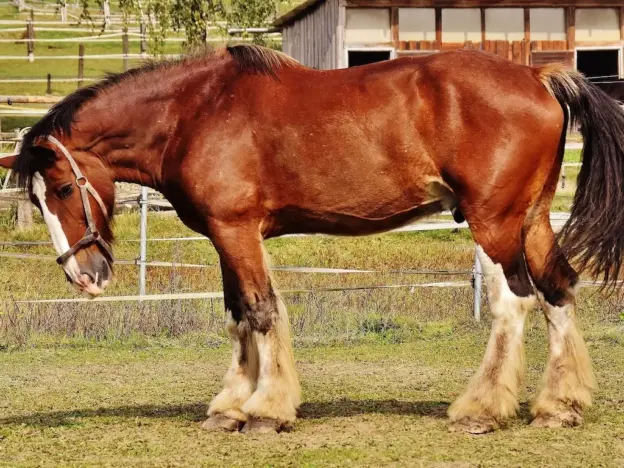
Descendant of the English Great Horse of the Middle Ages, the Shire horse is among the largest of the draft breeds.
Read more
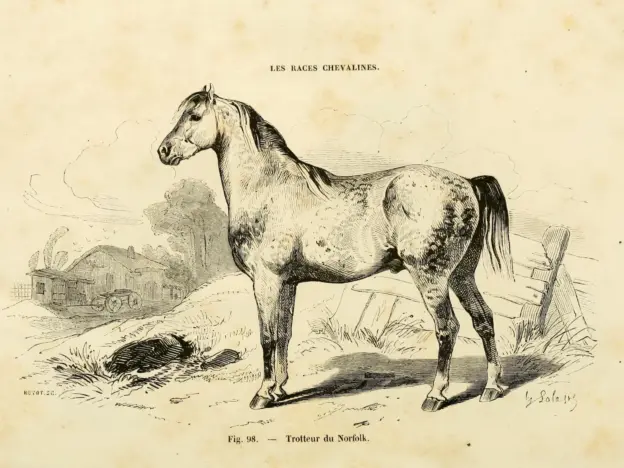
The Norfolk Roadster or Trotter was perhaps one of the most influential of all trotting breeds and is the foundation for most modern trotting breeds of today.
Read more
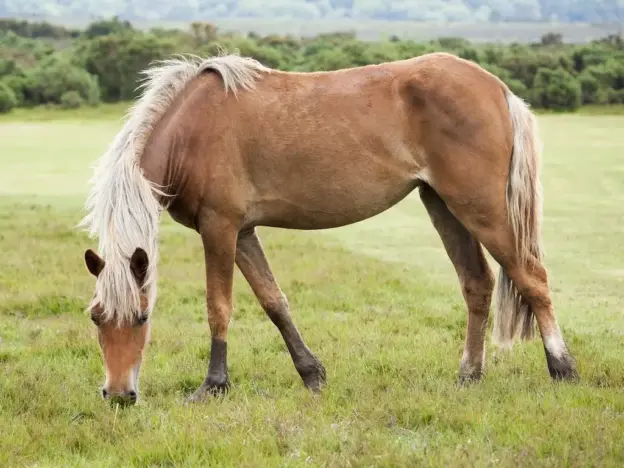
Wild ponies have been roaming the New Forest on the coast of southwest Hampshire in England for as long as anyone can remember and this is an ancient northern pony breed.
Read more
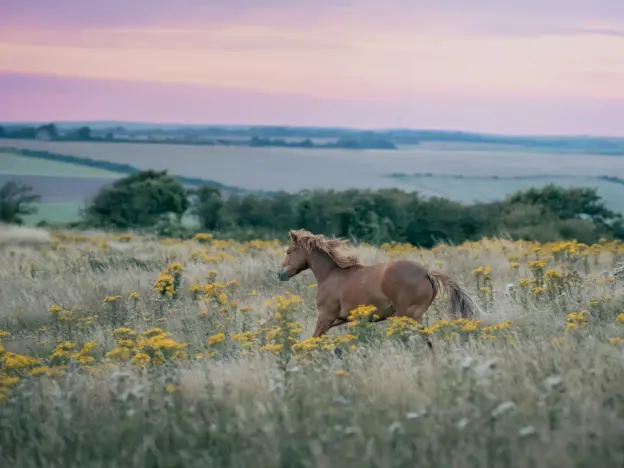
The Lundy Pony is named for the isle of Lundy in the Bristol Channel of England. There are no horses native to the cluster of islands there, so this breed was developed by the last private owner of Lundy Island.
Read more
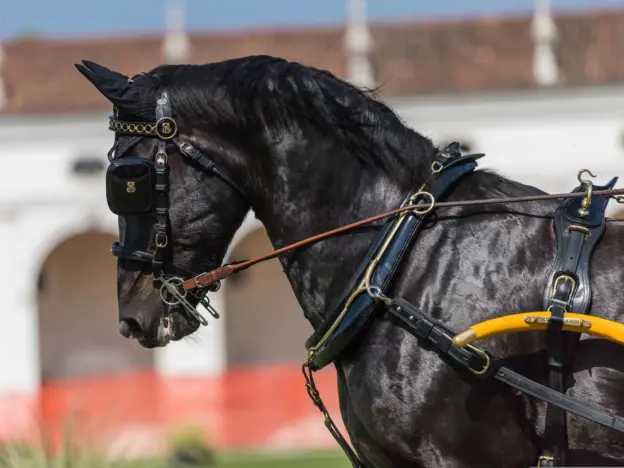
The Hackney pony is purely a man made breed, they were developed using selective breeding with the goal of creating a pony type within the Hackney breed.
Read more
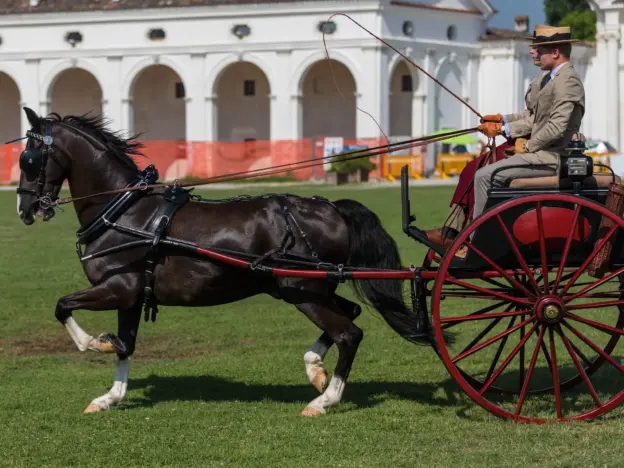
England has a long history of trotting animals and the tradition is thought to go back to the Middle Ages. For many years two types of trotters came from the areas of East Anglis and the East Riding of Yorkshire, the Norfolk Trotter and the Yorkshire Hackneys.
Read more
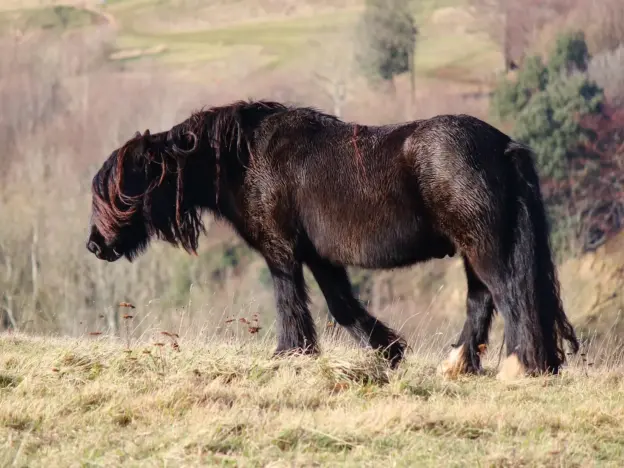
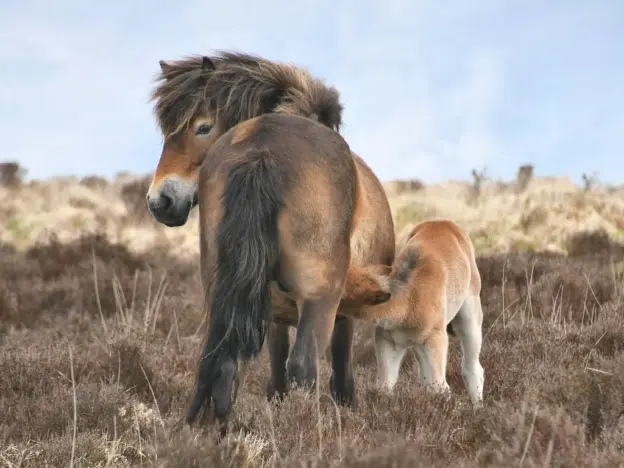
A breed of great antiquity, the Exmoor is one of the few breeds that looks very much the same today as they always have. They are believed to be the oldest pure descendants of the ponies that inhabited Britain some 100,000 years ago.
Read more